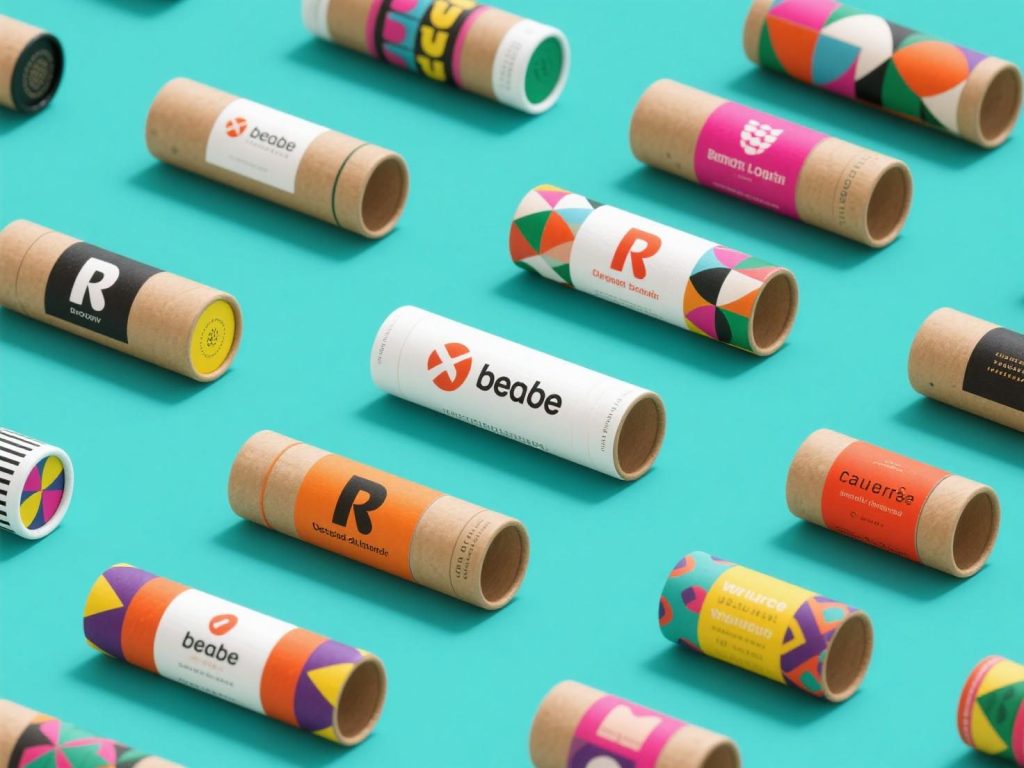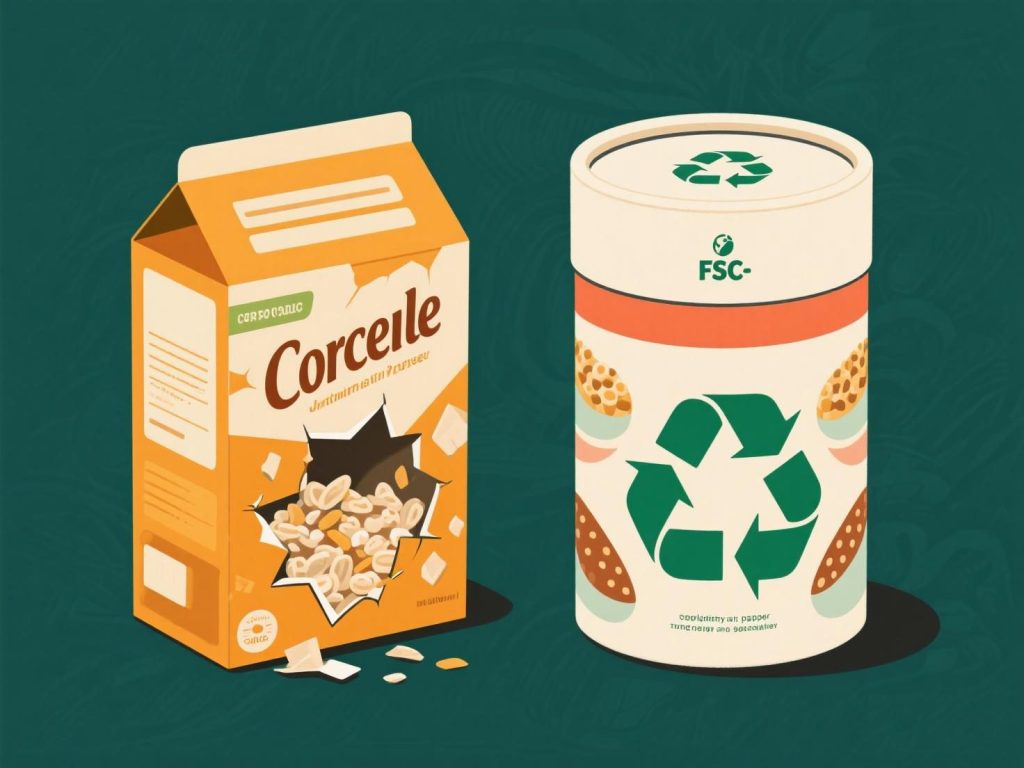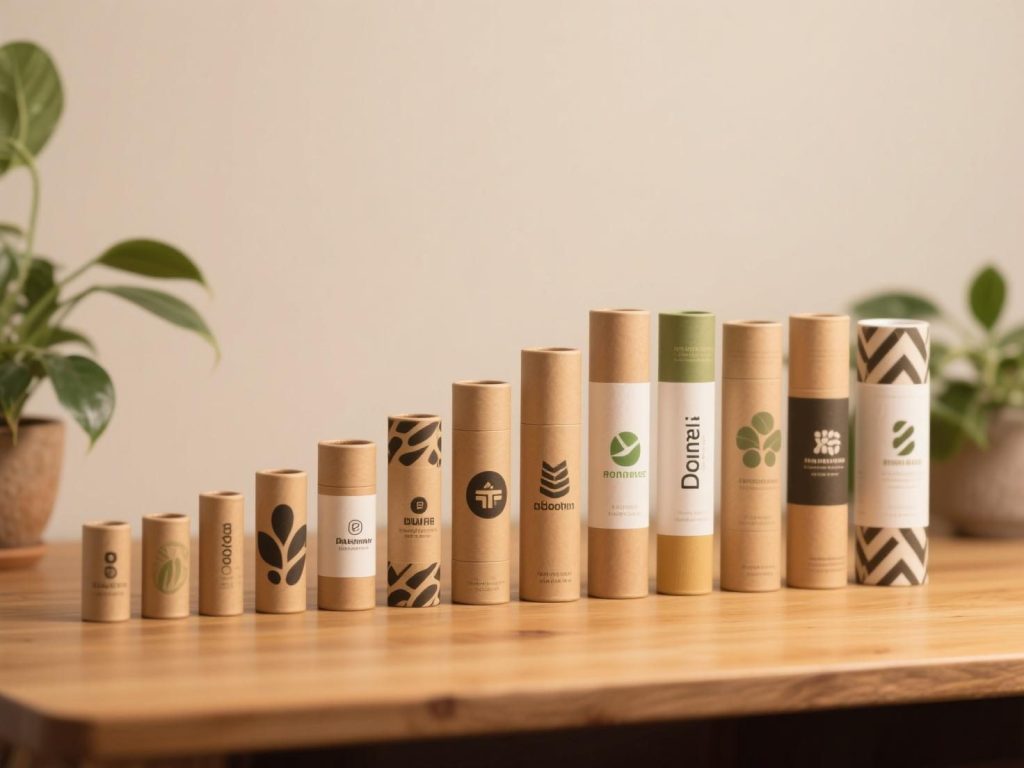In today's business environment, packaging is not just about protecting the product; it has become an essential part of brand presentation, marketing, and customer experience. Especially in the international trade industry, the choice of packaging directly impacts product safety during transportation, brand image, and the final customer experience. So, how do you choose the right packaging to enhance your market competitiveness?
1. Functionality of Packaging: Protecting the Product is the Primary Goal
Whether you're selling paper tubes or any other form of packaging, the most basic function is to protect the product. The right packaging materials can ensure the product remains undamaged during transport and is shielded from moisture, contamination, or other external factors. For example, paper tube packaging can effectively prevent damage from impacts during transportation due to its sturdy outer shell, which maintains the integrity of the product.
For international trade, there are even more challenges in shipping. Products need to be well-protected during long-haul journeys. Therefore, the choice of packaging materials must take into account the product’s weight, size, and the potential transportation conditions. High-quality paper tube materials are an excellent choice because they are not only eco-friendly but also offer great pressure resistance and shock protection.
2. Customizability of Packaging: Showcasing Your Brand's Unique Character
In addition to functionality, the visual appeal of packaging is also extremely important. Packaging is often the first interaction between consumers and the brand, and it can directly influence purchasing decisions. Packaging design should highlight the uniqueness of the brand while considering the cultural and aesthetic preferences of the target market. For example, minimalist designs are often favored in Western markets, while more colorful and intricate packaging might appeal to consumers in Asian markets.
Paper tubes are highly customizable and can be designed with unique patterns, colors, logos, and other elements to align with various brand needs. This not only helps consumers remember your brand but also builds consumer trust in your product.

3. Environmental Sustainability: Green Packaging as a Trend
With increasing awareness of environmental issues, more and more consumers and brands are focusing on the sustainability of packaging materials. Paper packaging is undoubtedly an ideal choice in this regard. Compared to traditional plastic packaging, paper tubes are easier to recycle and have a lower carbon footprint in their production process, aligning with society's growing emphasis on environmental responsibility.
Moreover, with the promotion of green packaging, many brands have started using biodegradable and non-polluting paper materials to produce their tubes. This kind of packaging not only meets eco-friendly standards but also appeals to environmentally-conscious consumers.
4. Convenience of Packaging: Enhancing the Consumer Experience
Finally, the convenience of packaging is another factor that should not be overlooked. Whether it's paper tubes or other forms of packaging, good design can enhance the consumer experience. For instance, designing a packaging that is easy to open and close allows consumers to conveniently access the product. Alternatively, considering transport and storage convenience, designing stackable and easy-to-transport paper tubes is important.
Consumers tend to prefer packaging that is not only aesthetically pleasing but also easy to use. Therefore, when designing packaging, it's essential to focus on both its appearance and practicality.

Conclusion
Paper tubes and other paper-based packaging materials not only offer excellent protective qualities but are also an eco-friendly and sustainable packaging choice. Through innovative designs and precise customization, you can turn packaging into a key part of your brand's marketing strategy, enhancing your product's market competitiveness. In international trade, choosing the right packaging method ensures the safety of products while attracting consumers and boosting brand image—something every business should carefully consider.



